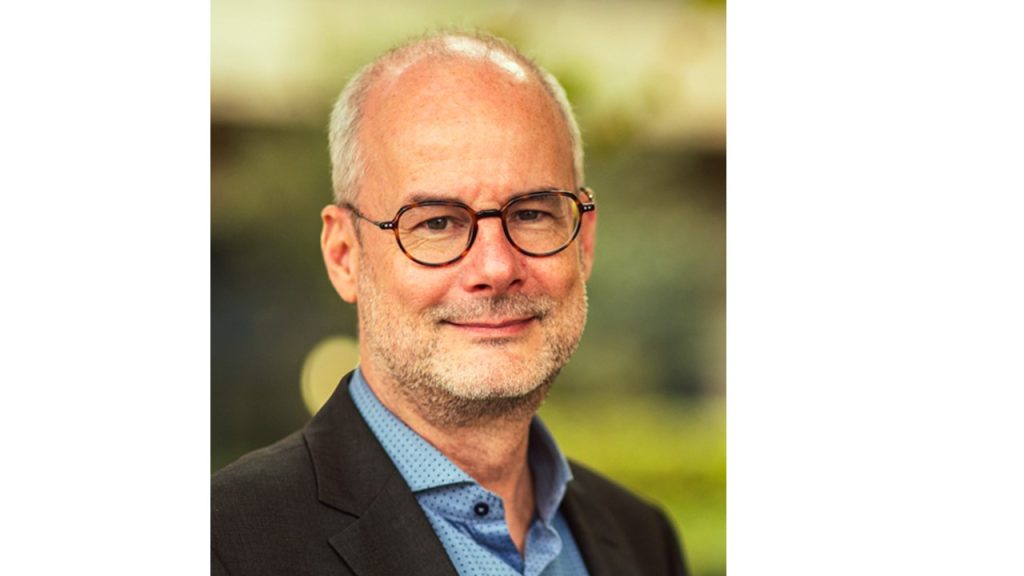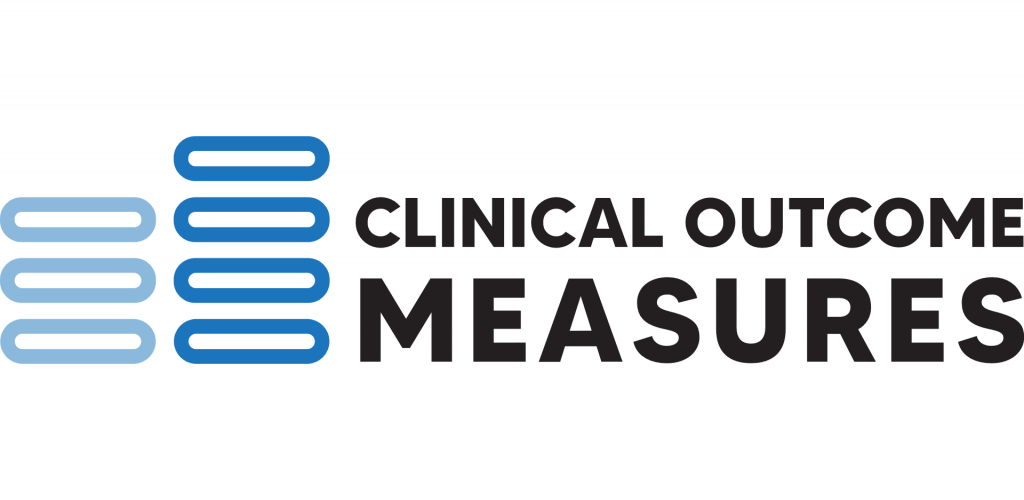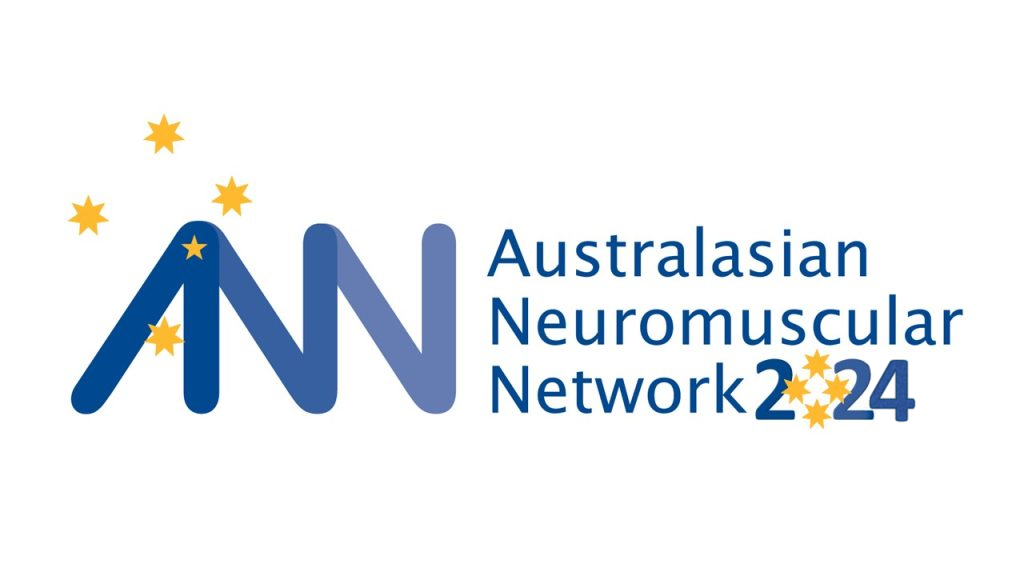We are delighted to announce the upcoming Australasian Neuromuscular Network (ANN) Annual Congress for 2024. The Congress will be held in Melbourne from the 27th – 29th May, where we will gather like-minded clinicians, researchers, and professionals who all share the goal of improving treatment and quality of life of patients of all ages with […]
Archive | Featured RSS feed for this section

ANN Congress 25-26 May 2023
Join us at the Surfair Conference & Events Centre Marcoola on Thursday 25th and Friday 26th May for the ANN Congress 2023. We are pleased to announce that Professor Volker Straub will provide the plenary talks on both days of this year’s congress. Registration and abstract information to follow very soon…

Charcot-Marie-Tooth Clinical Outcome Measure Update
Professor Joshua Burns has launched an updated web-based tool too assist researchers and clinicians to measure the level of disability in Charcot-Marie-Tooth disease (CMT). This new website enables users to rapidly score clinical outcome measures including: the Charcot-Marie-Tooth disease Pediatric Scale (CMTPedS), CMT Infant Scale (CMTInfs), CMT Functional Outcome Measure (CMT-FOM), CMT Neuropathy Score (CMTNS) […]
Recruitment Request: Understanding patients’ and carers’ decision making in Spinal Muscular Atrophy Care
Associate Professor Michelle Farrar and colleagues from Sydney Children’s Hospital (Randwick) are conducting a new research project to lean more about what factors are important when making decisions related to treatment for spinal muscular atrophy (SMA). They are seeking the views of parents/carers of people with SMA, health care providers and the wider community. Please find attached more […]

